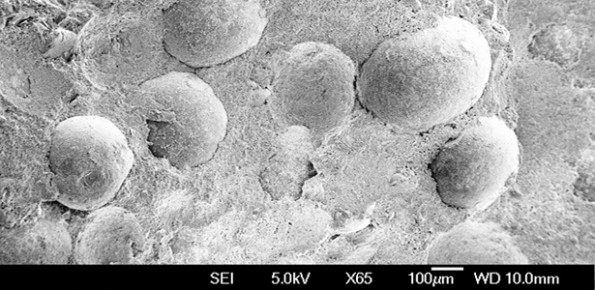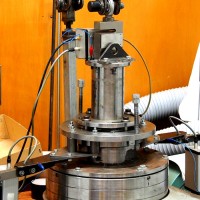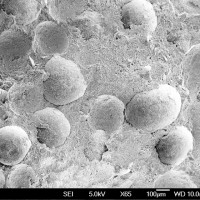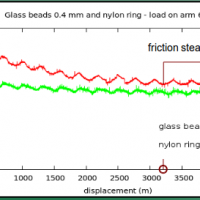High pressure rheology

Background
Some geological phenomena of high pressure shearing show an unusual low friction during rock on rock slipping, like the abnormally long rock avalanches runout (hypermobility) or the slip of faults during earthquakes. The project aims to study the effect of the dynamic fragmentation of rock granules on the motion shear resistance, starting from the consideration that dynamic fragmentation is ubiquitous in geological processes subject to shearing under high pressure.
Purpose
Proposing a new idea on the shear weakening mechanism, the main purpose of this project is to deepen the knowledge on low friction geological processes, which is a field of study subject to a rather lively and broad debate among the interested scholars at international level.
Methods
Laboratory tests by means of a rotational high pressure rheometer. Various kind of material, both natural and artificial, are tested under various shearing velocities and pressures. Normal and shear stress are recorded during tests, together with rotational velocity and vertical displacement of confinement plate. After tests, laser sizing analysis and SEM observations are performed on samples.
Results
Gathering of data on motion of granular material in condition similar to fault slip during earthquakes and at the sliding surface of rock avalanches. Evidence of effects of dynamic fragmentation on process friction.
Conclusions
The project is a basic science research, aimed to deepen the knowledge on low friction geological phenomena, which have a great and often destructive impact on human activities.





